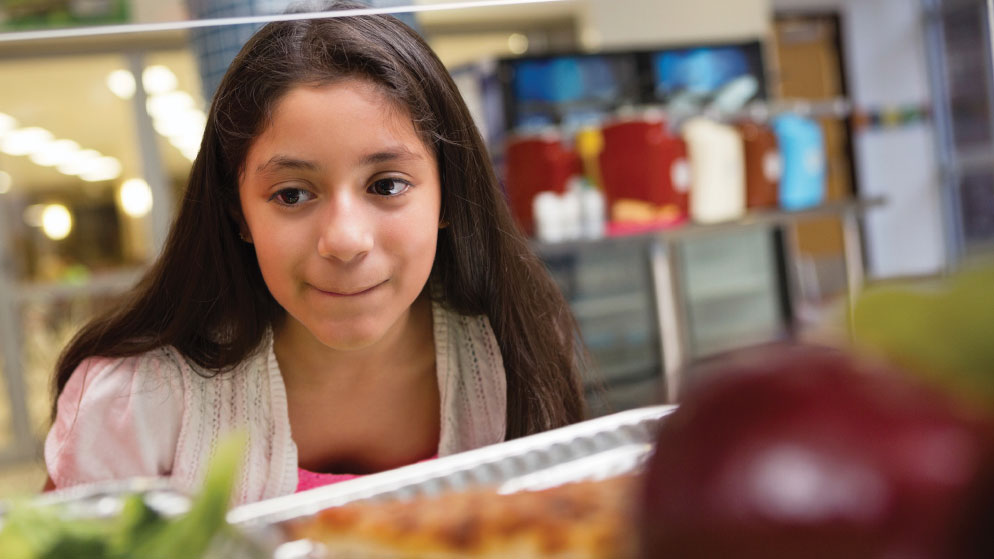Smart Snacks in Schools
A road map for action
 © Steve Debenport
© Steve DebenportOverview
More than 100 stakeholders, including school food service and nutrition directors, teachers, current students, youth ambassadors, district and school administrators, and representatives of the state departments of education, U.S. Department of Agriculture, Parent Teacher Association, nonprofit organizations, and industry, attended a meeting October 16-17, 2014, in Washington, D.C., hosted by the Kids’ Safe and Healthful Foods Project. Participants discussed the most effective policies and practices across different sectors to facilitate the successful implementation of Smart Snacks in Schools standards throughout the country. Insights gathered from the discussions will be used to develop a road map of state-, district-, and school-level strategies to support change.
During the meeting, attendees highlighted the need to create a “culture of wellness” in the education system that not only promotes healthy snack foods and beverages, but also an overall state of health and well-being. They emphasized the power of partnerships and engagement, particularly when these involve empowered youth, clear and consistent communications about policies, and dedicated resources for implementation.
"Attendees highlighted the need to create a ‘culture of wellness’ in the education system that not only promotes healthy snack foods and beverages, but also an overall state of health and well-being."
Meeting participants learned about the history of the Smart Snacks in Schools interim final rule, and available implementation resources, through the following presentations:
- Janey Thornton, Ph.D., deputy undersecretary for food, nutrition, and consumer services, U.S. Department of Agriculture (USDA), presented the background and development of the Smart Snacks in Schools interim final rule.
- Megan Lott, Kids’ Safe and Healthful Food Project, shared an analysis of the existing policies in 50 states and the District of Columbia.
- Jamie Chriqui, Ph.D., Bridging the Gap, discussed findings from research on the effect of state laws and district policies related to competitive foods.
- Shana Robinson Ahmed, Centers for Disease Control and Prevention (CDC), Division of Population Health, described CDC research findings related to child health and programs focused on student health.
- Stephanie Joyce, Alliance for a Healthier Generation, provided an overview of resources available on her organization’s website to support the implementation of Smart Snacks in Schools.
- Stephanie Tama-Sweet, Voices for Healthy Kids, described this joint initiative of the American Heart Association and the Robert Wood Johnson Foundation designed to improve health and reverse the childhood obesity epidemic.
In addition, attendees joined small group discussions about effective and successful policies and practices at the school, district, and state level pertaining to three groups of activities that catalyze efforts to meet and exceed Smart Snacks requirements:
- Accountability, enforcement, oversight, and transparency.
- Training, technical assistance, incentives, access to healthy foods, and supply chains.
- Communication and engagement.
This summary document captures the deliberations and main themes.








